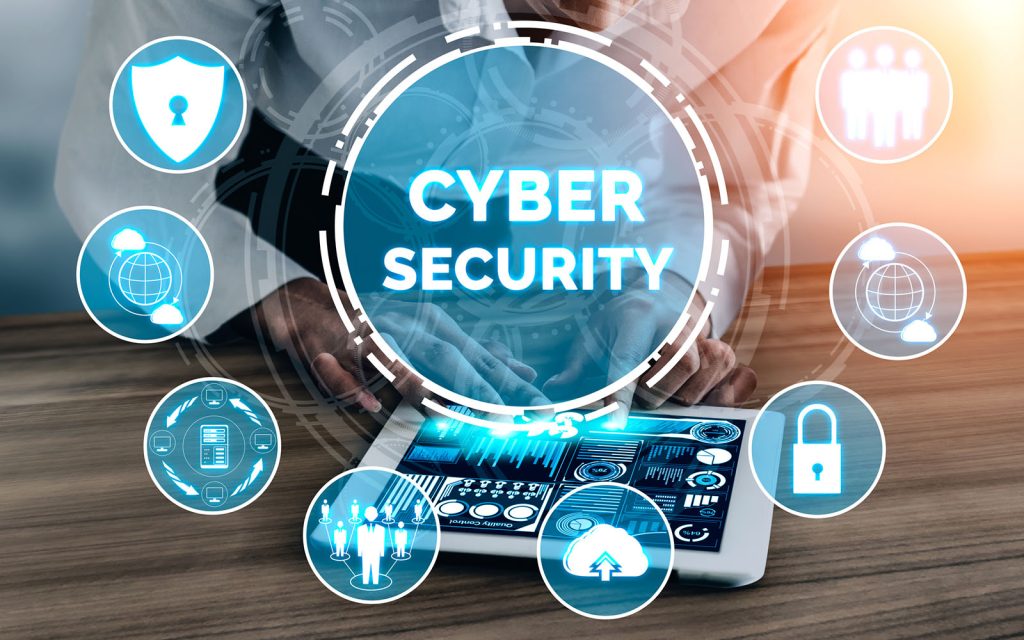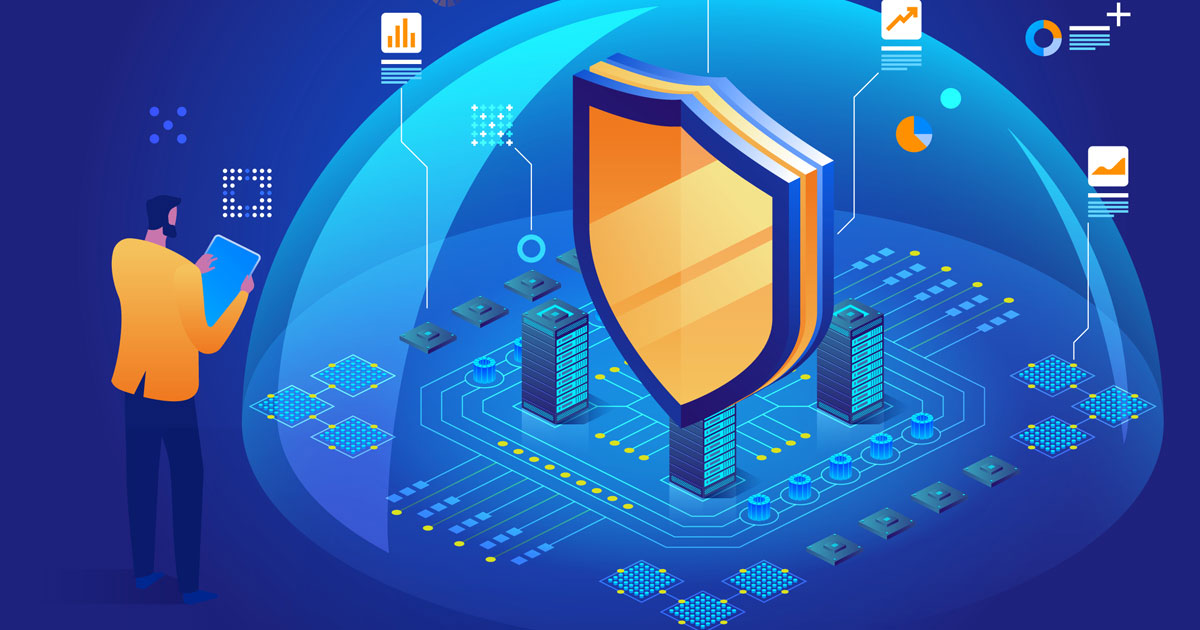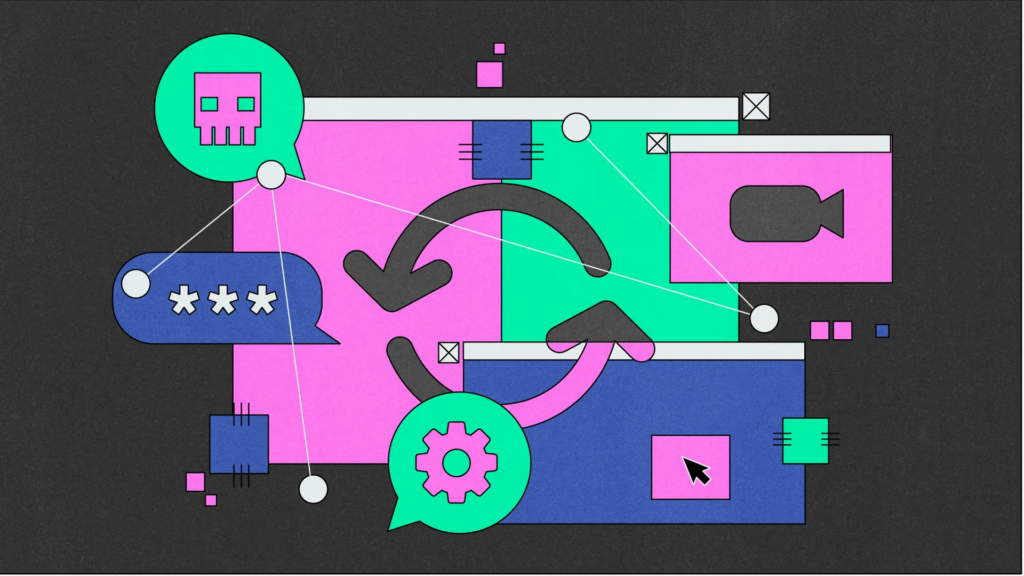Here are some cyber safety tips to help protect yourself against cyberattacks:
- Use strong, unique passwords: Use a combination of letters, numbers, and special characters for your passwords, and avoid using common or easily guessable information. Additionally, use different passwords for different accounts to minimize the impact of a potential breach.
- Enable two-factor authentication (2FA): 2FA adds an extra layer of security by requiring a second form of verification, such as a code sent to your phone, in addition to your password. Enable 2FA whenever possible, especially for your email and financial accounts.
- Be cautious with email attachments and links: Don’t open email attachments or click on links from unknown or suspicious sources. These could contain malware or direct you to phishing websites designed to steal your information. Verify the sender’s identity before interacting with any links or attachments.
- Keep software up to date: Regularly update your operating system, web browsers, antivirus software, and other applications. These updates often contain security patches that address known vulnerabilities, helping to protect your devices from cyber threats.
- Use a reputable antivirus and antimalware software: Install a reliable antivirus program on your devices and keep it updated. It will help detect and remove malware, viruses, and other malicious software.
- Secure your Wi-Fi network: Change the default username and password for your Wi-Fi router, and use strong encryption (WPA2 or WPA3) to protect your wireless network. Additionally, avoid using public Wi-Fi networks for sensitive activities like online banking, as they may be insecure and susceptible to eavesdropping.
- Be cautious on social media: Be mindful of the information you share on social media platforms. Avoid posting personal details like your address, phone number, or travel plans, as this information can be exploited by cybercriminals. Adjust your privacy settings to limit who can view your profile and posts.
- Regularly back up your data: Back up your important files and data regularly to an external hard drive, cloud storage, or another secure location. This ensures that you can recover your data in case of a ransomware attack or device failure.
- Be vigilant against phishing attempts: Be cautious of emails, text messages, or phone calls that ask for personal information or financial details. Legitimate organizations will not ask for sensitive information via these channels. If in doubt, contact the organization directly through their official website or customer service line.
- Educate yourself about common scams: Stay informed about the latest cyber threats and common scams, such as phishing, ransomware, and social engineering. Being aware of these tactics can help you recognize and avoid potential threats.
Remember, cyber safety requires constant vigilance. By following these tips and practicing good online habits, you can significantly reduce your risk of falling victim to cyberattacks.

The scale of the cyber threat
The cyber threat landscape is continuously evolving and poses a significant risk to individuals, organizations, and even nations. The scale of the cyber threat can be quite extensive, and here are some key points to consider:
- Global Impact: Cyber threats have a global reach and can affect individuals, businesses, governments, and critical infrastructure worldwide. Attackers can launch their operations from anywhere in the world, making it a borderless concern.
- Increasing Frequency: Cyberattacks are becoming more frequent, with millions of attacks occurring daily. These attacks range from automated scanning and probing to sophisticated targeted attacks by organized criminal groups, state-sponsored hackers, or hacktivist organizations.
- Variety of Attack Vectors: Cyber threats come in various forms and exploit multiple attack vectors. These include malware infections, phishing attacks, ransomware, DDoS (Distributed Denial of Service) attacks, social engineering, insider threats, and more. Attackers continually develop new techniques to bypass security measures and exploit vulnerabilities.
- Financial Impact: Cyberattacks have a significant financial impact on individuals and organizations. The costs can include financial losses from theft or extortion, expenses related to incident response and recovery, legal liabilities, reputational damage, and potential regulatory fines.
- Data Breaches and Privacy Concerns: Data breaches have become increasingly common, with sensitive information being exposed or stolen. This includes personal data, financial information, intellectual property, and trade secrets. The loss of privacy and the potential misuse of personal information can have severe consequences for individuals.
- Targeted Attacks: Certain sectors, such as government agencies, financial institutions, healthcare organizations, and critical infrastructure, are frequently targeted due to the potential for high-value gains or disruption. However, individuals and small businesses are not exempt from targeted attacks either.
- Nation-State Threats: State-sponsored cyberattacks and cyber espionage activities have become a major concern. Some nations engage in cyber operations to gather intelligence, disrupt adversaries’ infrastructure, or even engage in cyber warfare.
- Exploitation of Emerging Technologies: As new technologies such as artificial intelligence (AI), the Internet of Things (IoT), and cloud computing continue to advance, they present both opportunities and challenges. Attackers may exploit vulnerabilities in these technologies to gain unauthorized access or disrupt systems.
- Insider Threats: Insider threats refer to attacks or data breaches caused by individuals within an organization. These individuals may be disgruntled employees, insiders coerced by external actors, or unintentional mistakes made by employees with access to sensitive data or systems.
- Cybersecurity Skills Gap: The demand for skilled cybersecurity professionals is growing rapidly, but there is a shortage of qualified individuals to fill these positions. This gap makes it challenging for organizations to effectively defend against cyber threats.
It is crucial to recognize the scale and severity of the cyber threat landscape and take proactive measures to protect against these threats. This includes implementing robust cybersecurity practices, staying informed about emerging threats, and fostering a culture of cybersecurity awareness and education.
Latest cyber threats
Here is the overview of some of the latest cyber threats that were prevalent at that time. Please note that the threat landscape is constantly evolving, and new threats may have emerged since then. It’s always advisable to stay updated with the latest cybersecurity news and advisories. Here are some examples of recent cyber threats:
- Ransomware Attacks: Ransomware continues to be a significant threat. Attackers use malicious software to encrypt victims’ files and demand a ransom in exchange for the decryption key. Notable ransomware incidents include the Colonial Pipeline attack and the Kaseya supply chain attack.
- Phishing and Social Engineering: Phishing attacks remain a popular method for stealing sensitive information. Cybercriminals use deceptive emails, text messages, or phone calls to trick individuals into revealing personal data, login credentials, or financial details.
- Supply Chain Attacks: Supply chain attacks involve compromising a trusted vendor or supplier to gain unauthorized access to target systems. The SolarWinds incident in 2020 highlighted the impact of such attacks, where attackers exploited a software update to distribute malware to numerous organizations.
- Zero-day Exploits: Zero-day exploits are vulnerabilities in software or hardware that are unknown to the vendor and, therefore, do not have patches or fixes available. Cybercriminals exploit these vulnerabilities before they are discovered and patched, targeting both individuals and organizations.
- IoT Security Risks: The increasing adoption of Internet of Things (IoT) devices has introduced new security challenges. Insecurely configured or poorly protected IoT devices can be targeted to gain unauthorized access, launch DDoS attacks, or invade privacy.
- Fileless Malware: Fileless malware is a type of malicious software that operates directly in a computer’s memory without leaving traces on the hard drive. It makes detection and removal more challenging for traditional antivirus solutions.
- Cryptojacking: Cryptojacking involves using victims’ computing resources, such as processing power or electricity, to mine cryptocurrencies without their knowledge or consent. This can significantly impact system performance and increase energy consumption.
- Advanced Persistent Threats (APTs): APTs are long-term targeted attacks typically conducted by well-funded and organized groups, including nation-state actors. They aim to gain unauthorized access, gather intelligence, or disrupt systems.
- Mobile Malware: With the widespread use of smartphones and mobile devices, cybercriminals are increasingly targeting mobile platforms. Malicious apps, fake banking apps, and mobile ransomware are among the threats facing mobile users.
- Cloud Security Risks: As more organizations move their data and applications to the cloud, security risks associated with misconfigurations, insider threats, and unauthorized access have become prominent. Breaches in cloud infrastructure can lead to data exposure or disruption of services.
Remember, the threat landscape is continually evolving, and new threats may have emerged since my last knowledge update. It is crucial to stay informed by following trusted cybersecurity sources, implementing security best practices, and regularly updating your systems and software to mitigate the risks.





